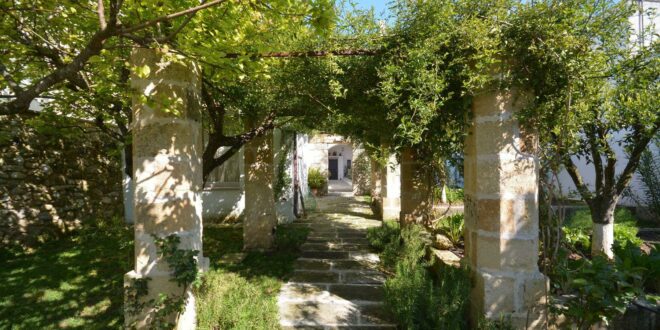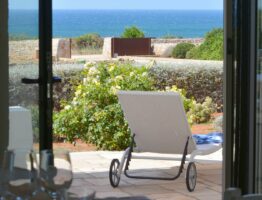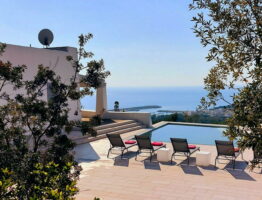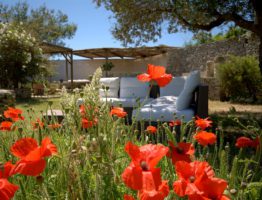The hinterland of Salento is as interesting as its long and varied coast: historic center with buildings of great architectural and artistic value, museums, countryside areas with the care of the typical Mediterranean scrub.
Today we talk about three small towns of the Salento peninsula located inland not too far from the coast, which have as peculiarity the relationship with the stone and the underground way of the karst territory.
Places of historical interest but also with a strong mystical component, which attracts visitors who in these places can see and experience traditions and pieces of history that cannot be found elsewhere.
Read about other amazing Salento villages to visit in 2022
Save our little guides to know what to do during your stay in Salento.
Follow us also on Instagram and Facebook.
Ortelle, Presicce e Alessano: three municipalities of Salento to visit
Ortelle: small gardens … in the quarries
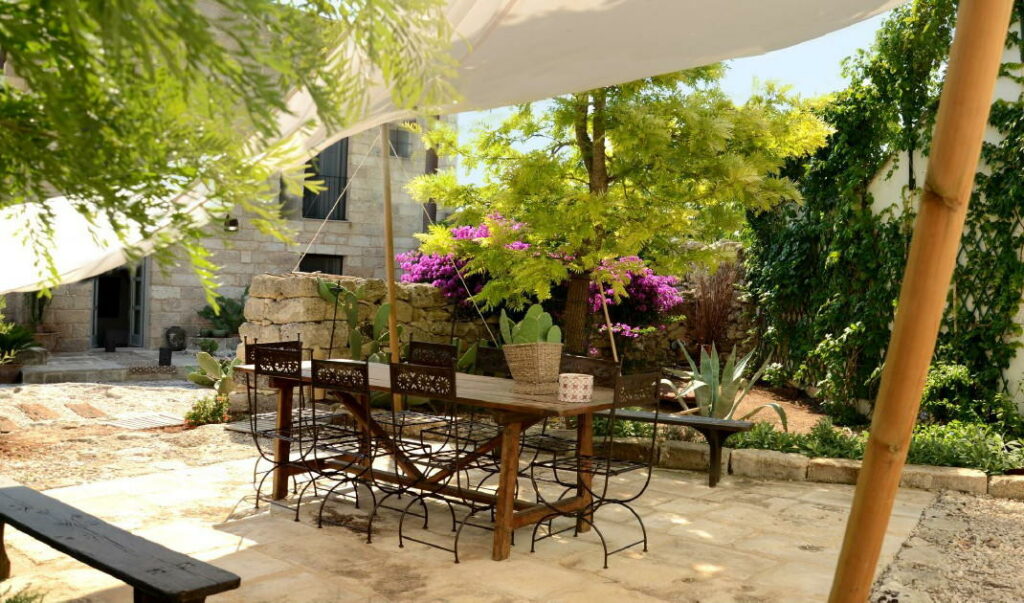
CIS: LE07505691000017226
Ortelle is a small town of 2200 inhabitants in the South of Salento, close to the Adriatic coast.
Convenient and interesting stop if you are headed to the most famous places of Santa Cesarea Terme and Santa Maria di Leuca, you will discover that this small village is well worth a stop.
The name of Ortelle comes from Ortedde, that is, small gardens.
Part of the territory is still characterized by the presence of small gardens obtained from exhausted quarries, converted to small arable areas after having brought land, lime, seeds.
The inhabited center is characterized by houses of up to two floors, with many typical terraces but also a very wide diffusion of basses, taverns and basements and basements dug into the rock.
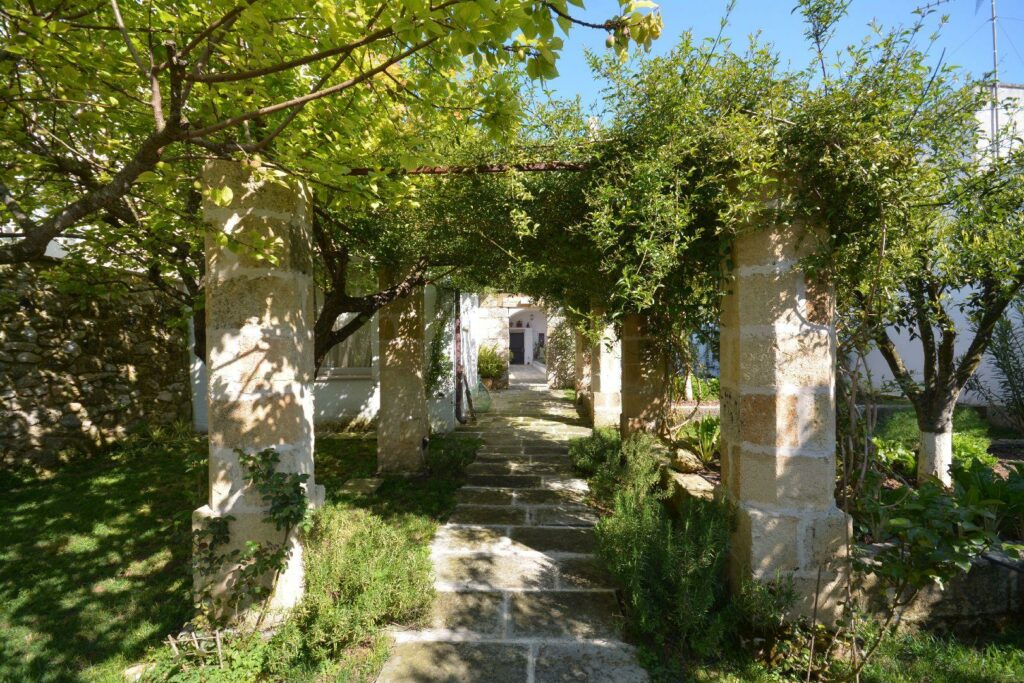
CIS: LE07505691000017226
Presicce, an underground story
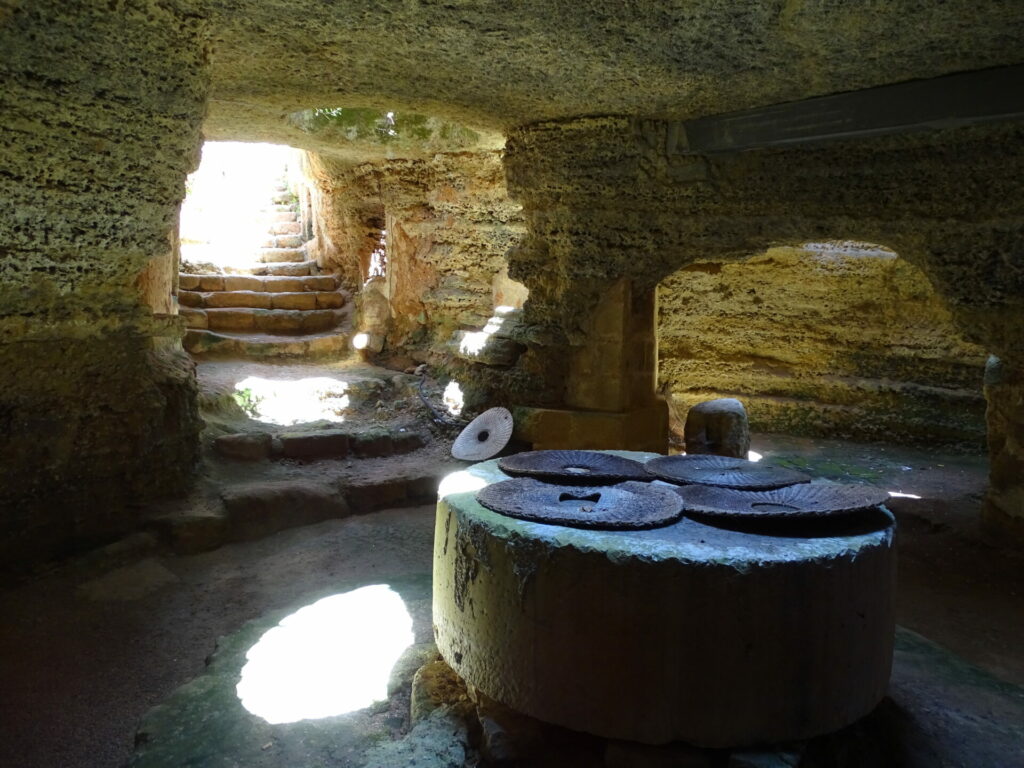
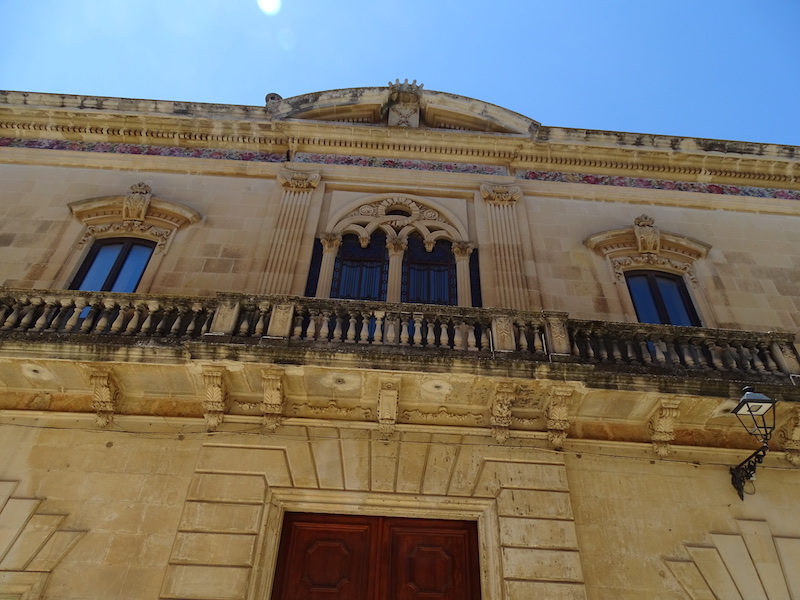
Further south, moving towards the Ionian side taking the tip of Capo di Leuca as the central point, Presicce is another village that deserves attention, for its prestigious buildings and for its “underground history”.
Renamed the “city of the Hypogea”, from its central square it is possible to access its huge oil mills, real underground cities where the entire life of families and workers once took place.
A dark, hard-working life, it must be said; here people worked in continuous rotation, being the oil market was very important for the local economy.
On the surface, the characteristic of the houses and inhabited areas of the center see the presence of peculiar Court Houses.
In the sixteenth century the peasant and worker class whose livelihood was linked to the oil industry, lived in rooms with a single compartment and a cellar that overlooked a central open space, similar to squares, defined precisely ” corti”.
Here, both in summer and in winter, a large part of social and family life took place, and people entered almost only to sleep and shelter.
The oil was obviously linked not only to the humblest lives but also to very rich families thanks to this green gold and for this reason Presicce is a place to admire beautiful noble palaces, among which the Palazzo Ducale and Casa Turrita stand out.
Alessano and the rock village of Macurano
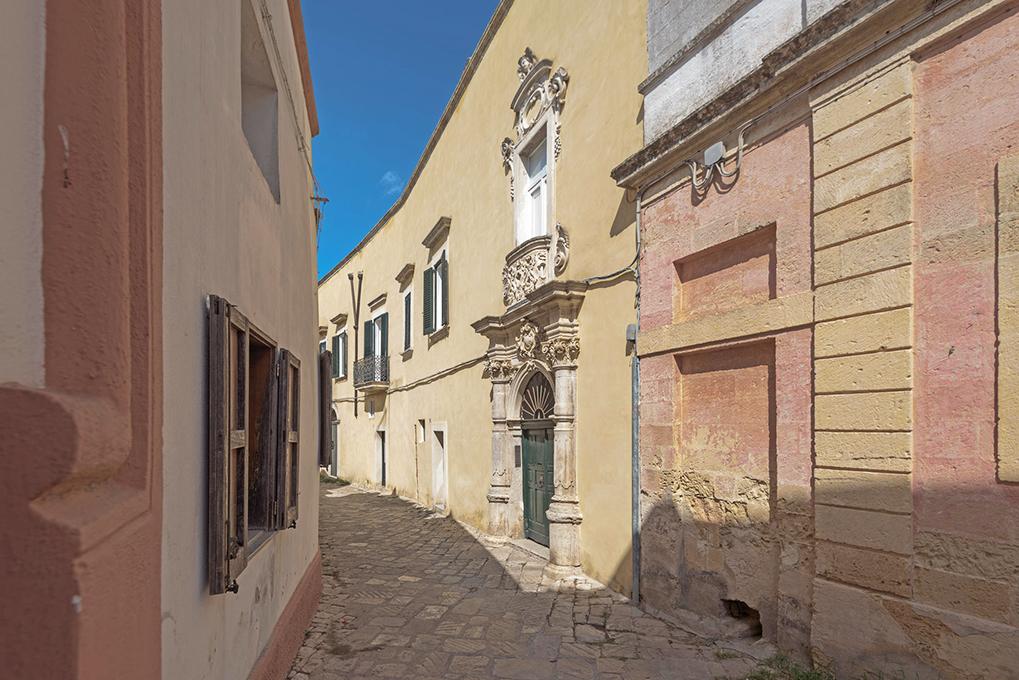
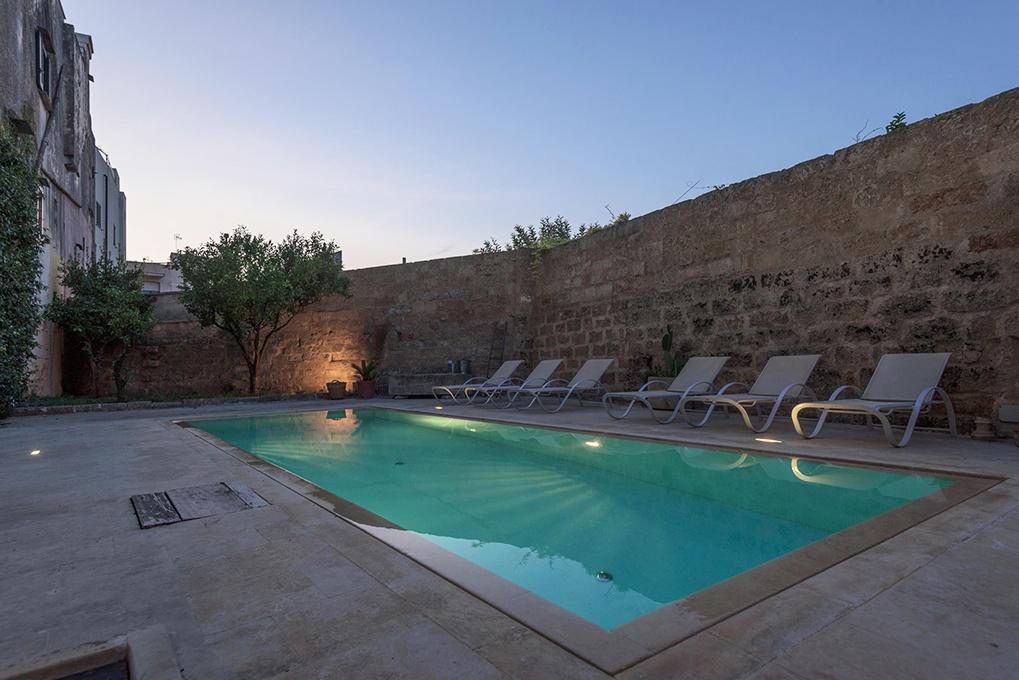
CIS: LE07500291000003346, LE07500291000003370, LE07500291000003366, LE07500291000003359
The very name of the town of Alessano, shrouded in legend and few certainties, is a source of interest for visitors.
It could in fact derive from the exclamation of Daedalus, who landed in the area after his famous flight, “Alae Sanae!”.
The second version says that the toponym derives from the tradition according to which the founder of the city was the Byzantine emperor Alexius I Comnenus.
Alessano offers the opportunity to visit a rupestrian village of great archaeological and anthropological interest, the village of Macurano, considered the symbol of the archaic oil culture due to the presence of two mills still in use:
Trappeto Sauli and Trappeto Santa Lucia.
To get to this area that is not an archaeological area but a lively and popular place, you have to go towards Marina di Novaglie, at the junction for Montesardo, near the cemetery.
Obviously, the historic center of Alessano is also worthy of great attention:
From the ancient buildings of its historic center are among the most valuable of Salento, and among these we find Palazzo Remasi.
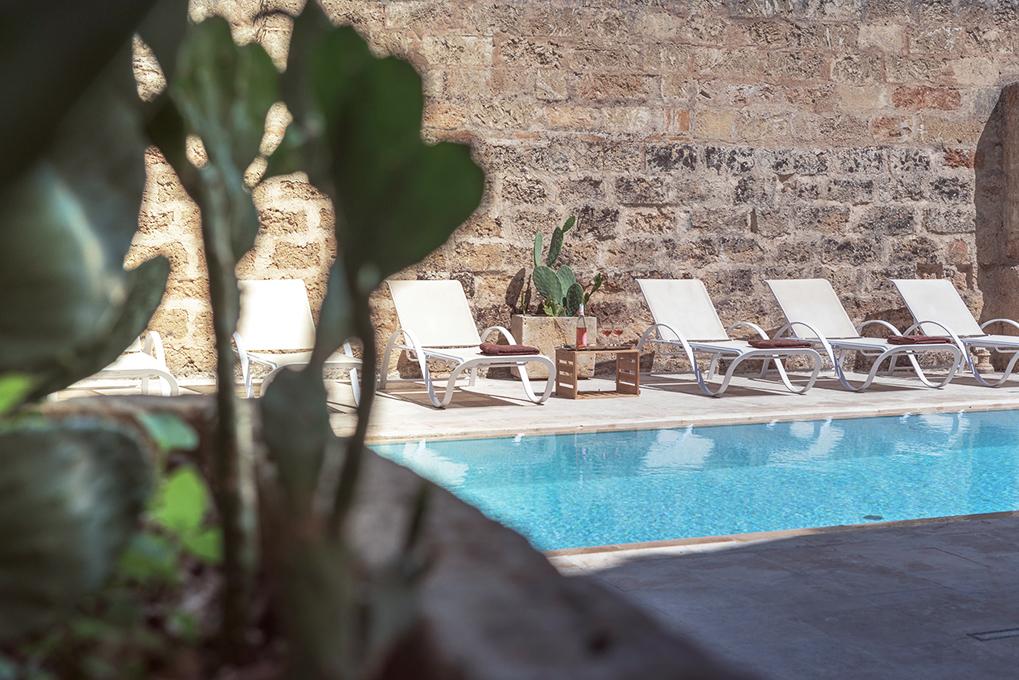
CIS: LE07500291000003346,
